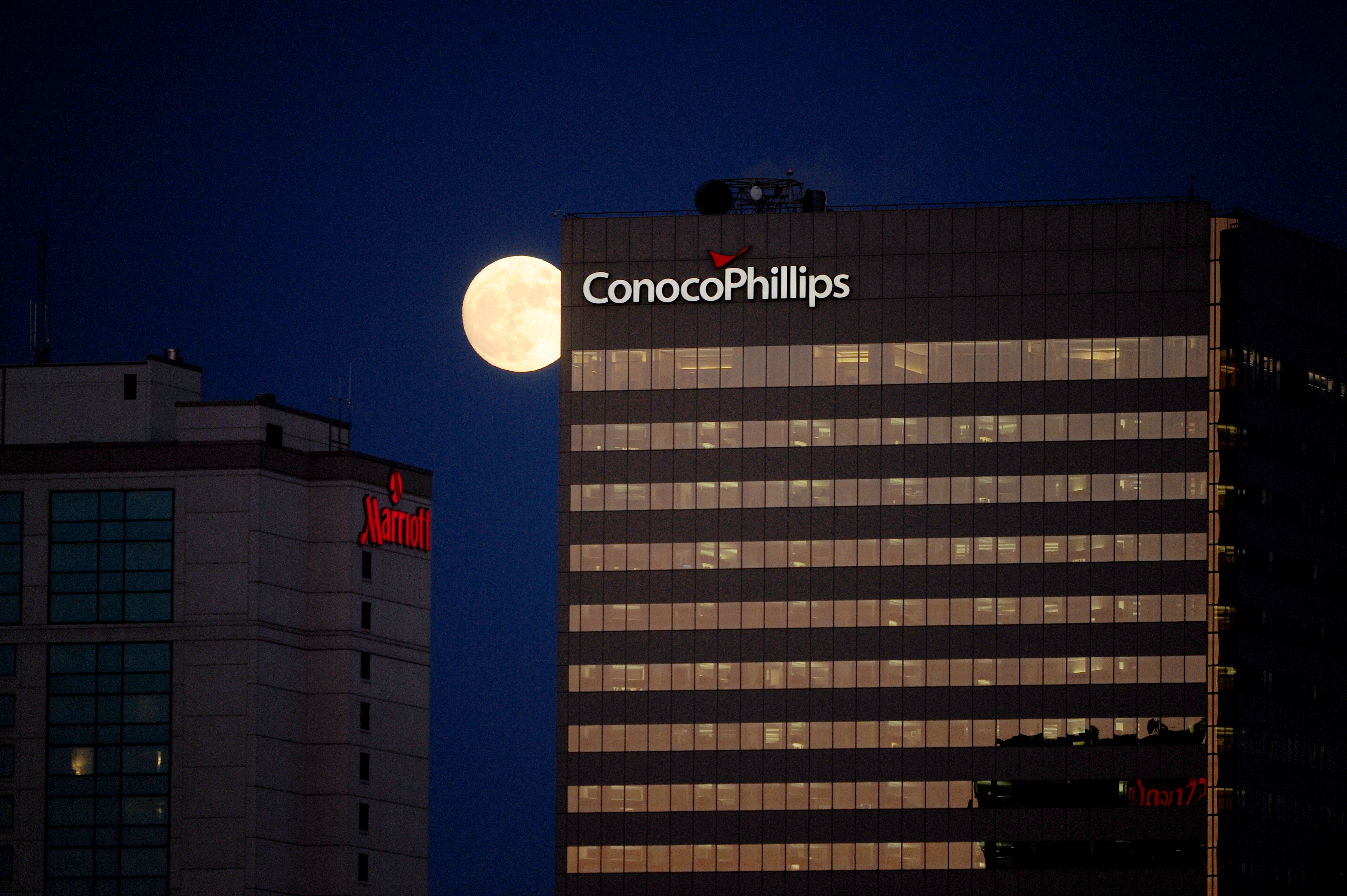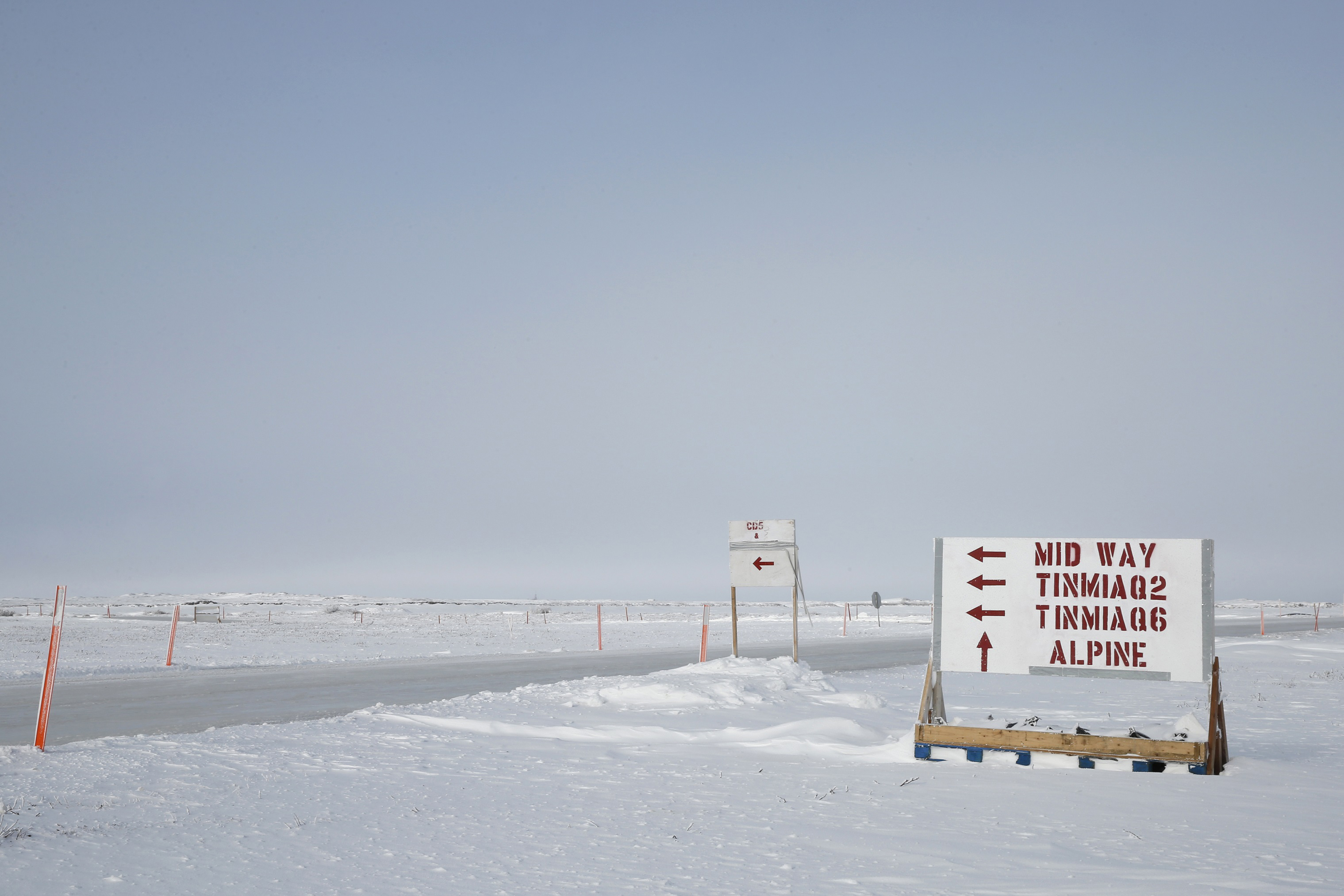ConocoPhillips earns $199M in 3 months in Alaska as projects near production

ConocoPhillips earned $199 million in Alaska in the recent quarter and is moving toward new oil production at two fields, which include a project to unlock thick, slow-moving viscous oil, a stubborn, but widespread, resource on the North Slope.
Among its six global divisions, ConocoPhillips reported Thursday that Alaska had the second-highest earnings. In first place was Canada, where ConocoPhillips reported earning $1.4 billion.
Because of ConocoPhillips’ heavy financial reliance on Alaska, the U.S. Securities and Exchange Commission requires the company to separately report its quarterly earnings here. It is the only major oil company to do so.
As a result, its reports become public indicators of the health of the industry.
Al Hirshberg, a ConocoPhillips executive vice president, told investors in a conference call Thursday that by year’s end the company planned to bring the $460 million 1H NEWS project into production.
State officials have looked to development of viscous oil, and its tougher-to-unlock cousin, heavy oil, as a potential future solution to the long-term problem of dwindling oil production in Alaska.
Experts say the oil fields in northern Alaska contain over 30 billion barrels of heavy and viscous oil. But the oil is costly and difficult to bring to the surface and only a small fraction may ever be produced.
Viscous oil can flow like maple syrup, while heavy oil is like molasses, making both tougher to budge from rocks than light oil, which can flow like water.
About 55,000 barrels of viscous oil are already being produced daily in Alaska — 10 percent of the 550,000 barrels of oil that flowed each day through the trans-Alaska pipeline in 2017.
The 1H NEWS project had been deferred amid the low-oil-price environment. But the company said Thursday morning it was on track.
It is expected to add up to 8,000 barrels of oil daily to Alaska production.
The clunky name is based on the project’s location. It’s an extension off the 1H drill site, associated with the northeast corner of the West Sak reservoir in the Kuparuk River unit.

Hirshberg also said construction has been completed at ConocoPhillips’ Greater Mooses Tooth 1 project in the National Petroleum Reserve-Alaska. Production there is expected to begin in late 2018, with peak production of up to 30,000 barrels of oil daily.
Hirshberg said the company has boosted production in Alaska since the passage of oil-tax restructuring in Senate Bill 21 in 2013. ConocoPhillips has said the oil-tax law created a more favorable investment climate for the company.
Natalie Lowman, a spokesperson for ConocoPhillips, said the company plans to spend $1 billion on capital projects in Alaska this year. It has spent $457 million in Alaska this year so far — about one-fifth of the company’s global capital expenses.
Lowman said the company’s oil production in Alaska for the quarter grew by 5 percent compared to the same period in 2016, primarily because of investments made since SB 21 passed.
One overachiever is the company’s CD5 field near the Greater Mooses Tooth project. Lowman said current production there is 26,000 barrels of oil daily, better than the original estimate of 16,000.